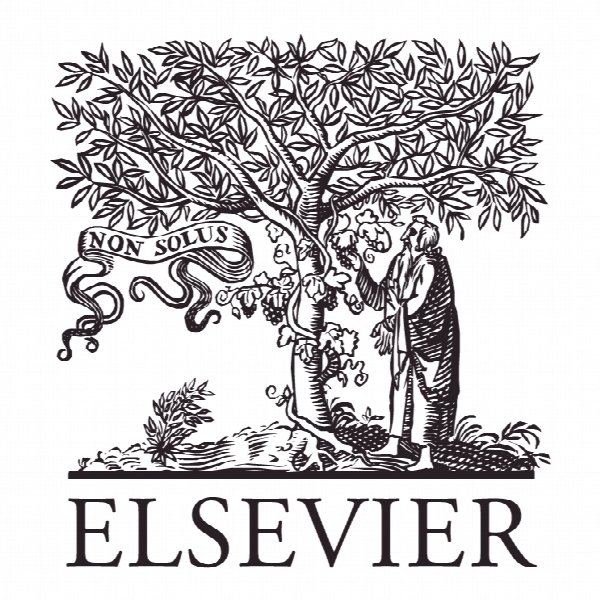ساختن شبکه بیزی در پزشک قانونی با در نظر گرفتن سطح فعالیت ها A template for constructing Bayesian networks in forensic biology cases when considering activity level propositions
- نوع فایل : کتاب
- زبان : انگلیسی
- ناشر : Elsevier
- چاپ و سال / کشور: 2018
توضیحات
رشته های مرتبط حقوق، کامپیوتر، فناوری اطلاعات
گرایش های مرتبط حقوق جزا و جرم شناسی، شبکه های کامپیوتری
مجله علوم قانونی بین المللی: ژنتیک – Forensic Science International: Genetics
دانشگاه Forensic Science SA – Adelaide – Australia
منتشر شده در نشریه الزویر
کلمات کلیدی انگلیسی Evidence evaluation, Bayesian networks, Likelihood ratio, DNA, Data, Activity level propositions
گرایش های مرتبط حقوق جزا و جرم شناسی، شبکه های کامپیوتری
مجله علوم قانونی بین المللی: ژنتیک – Forensic Science International: Genetics
دانشگاه Forensic Science SA – Adelaide – Australia
منتشر شده در نشریه الزویر
کلمات کلیدی انگلیسی Evidence evaluation, Bayesian networks, Likelihood ratio, DNA, Data, Activity level propositions
Description
1. Introduction 1.1. Preliminaries The hierarchy of propositions has been accepted amongst the forensic science community for some time [1–3]. It is also accepted that the higher up the hierarchy the propositions are, against which the scientists are competent to evaluate their results, the more directly useful the testimony will be to the court limiting the risk of misleading [4]. A number of advisory bodies, and leading thinkers in the field of forensic science, advocate the evaluation of results in light of propositions regarding competing activities in preference to only considering questions of source (or sub-source, or even sub-sub-source [5]), speci- fically: • The European Network of Forensic Science Institutes [6] • The Association of Forensic Science Providers [7] • A world-wide group of leading forensic scientists [8] • The Royal Statistical Society [9–12] The cases where forensic results ought to be reported considering activity level propositions have been delineated in the ENFSI guideline for evaluative reporting [6]. It is needed when the amount of collected trace material is low and that considerations of transfer, persistence and recovery require specialised forensic knowledge. There is a widespread recognition that there is danger in leaving such assessments to nonforensic scientists and that it is the duty of the scientists to guide the court appropriately [4]. Other typical cases where the findings lead themselves naturally to an interpretation considering activity level propositions is when the source of the trace material is not disputed in the case, but only the mechanisms whereby the trace material was transferred is debated. There have been numerous publications demonstrating the importance of considering activity level propositions when evaluating forensic results [4,13–21], and certifying (online) courses focusing on activity level evaluation of forensic findings are now available [22]. These developments reflect a tendency towards a broader recognition and acceptance of evaluations of findings given activity level propositions amongst the forensic community (and specifically, as is the focus of our paper, the forensic biology community). The primary author’s laboratory (Forensic Science SA) has recently begun providing reports considering activity level propositions and has received very positive feedback from stakeholders. However, the transition from recommendations to widespread operational practise is not easy for two reasons that are often raised by practitioners: (1) the paucity of data to support the reporting and (2) the lack of a standardised way to construct the inferential scheme. In this paper, we deal with the second aspect with the objective to facilitate the transition.


